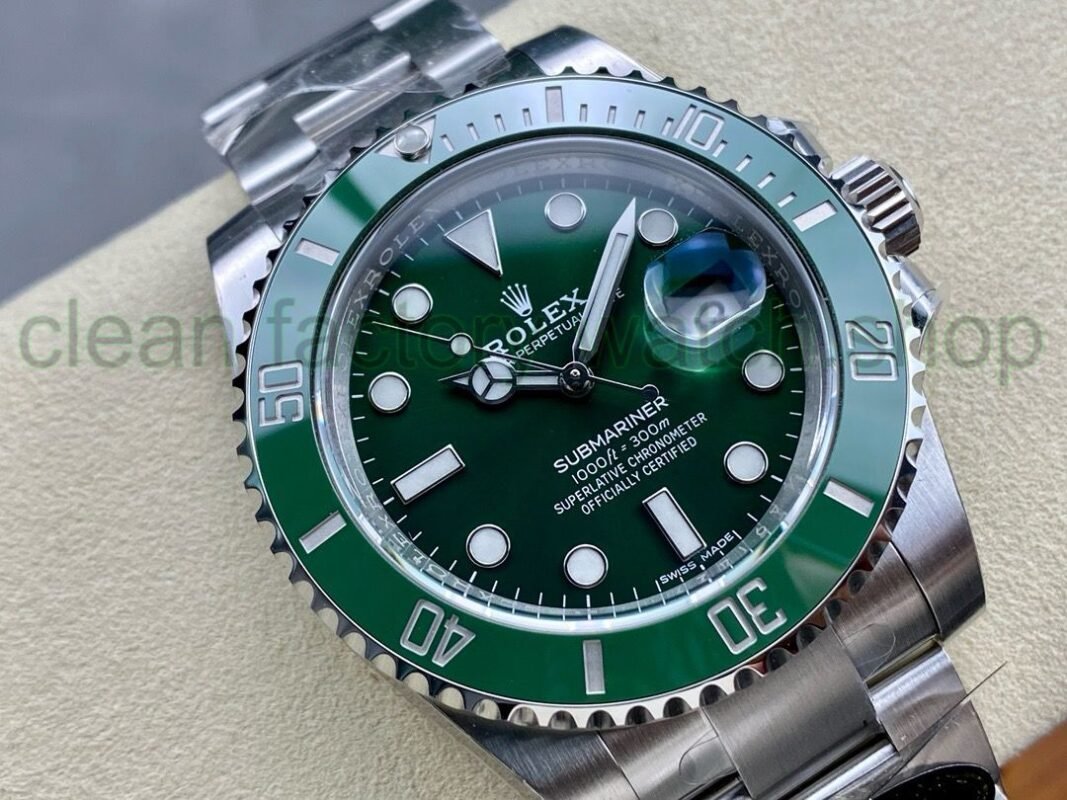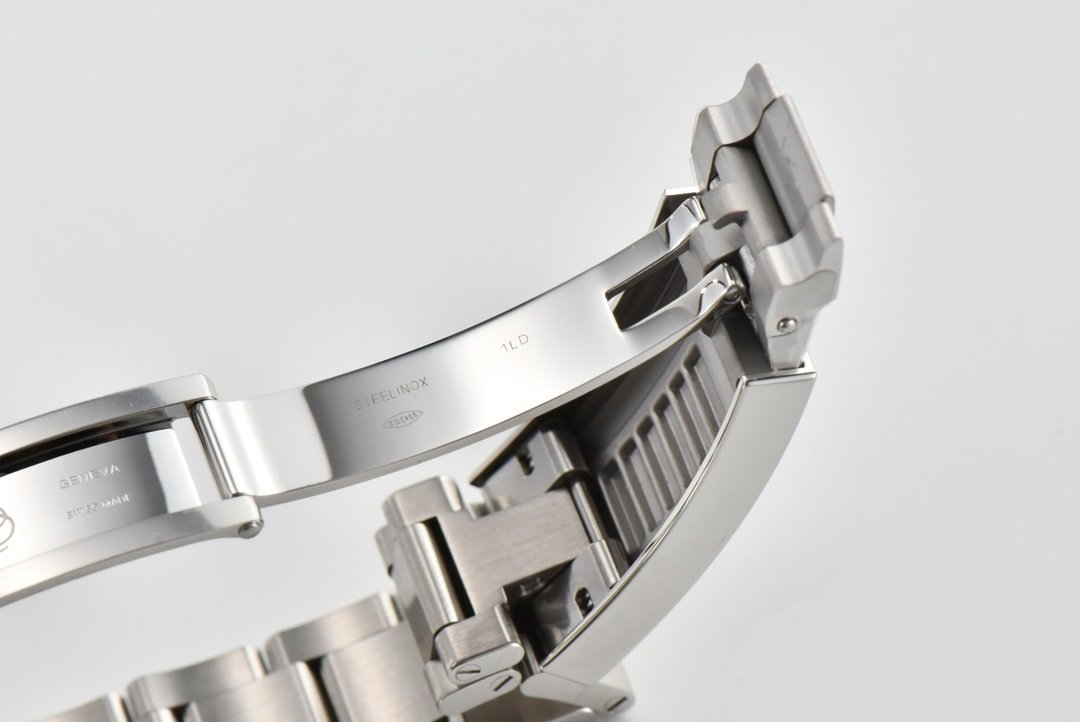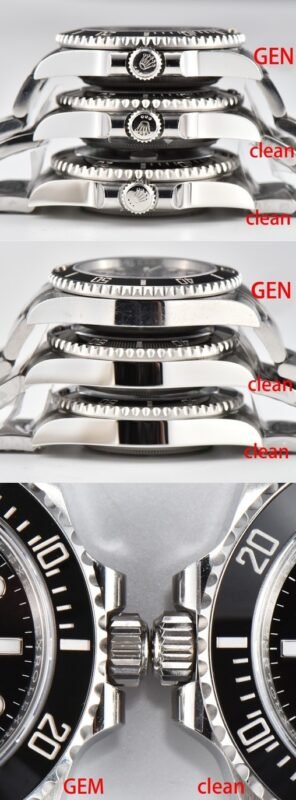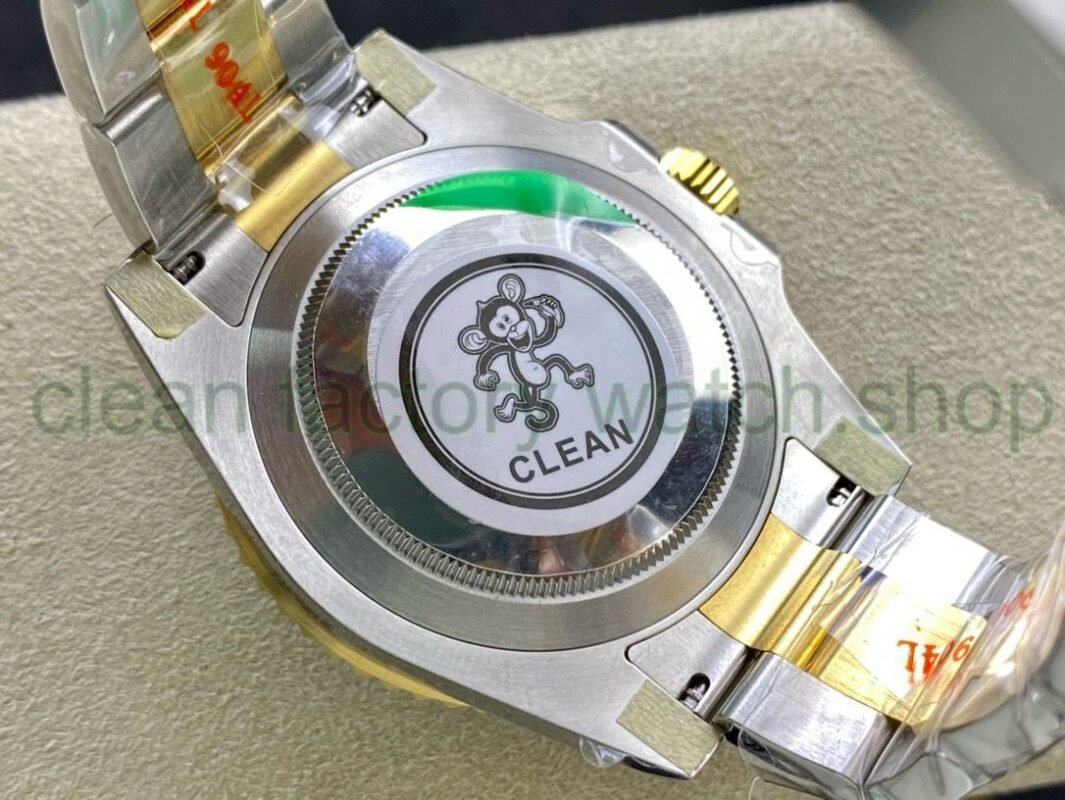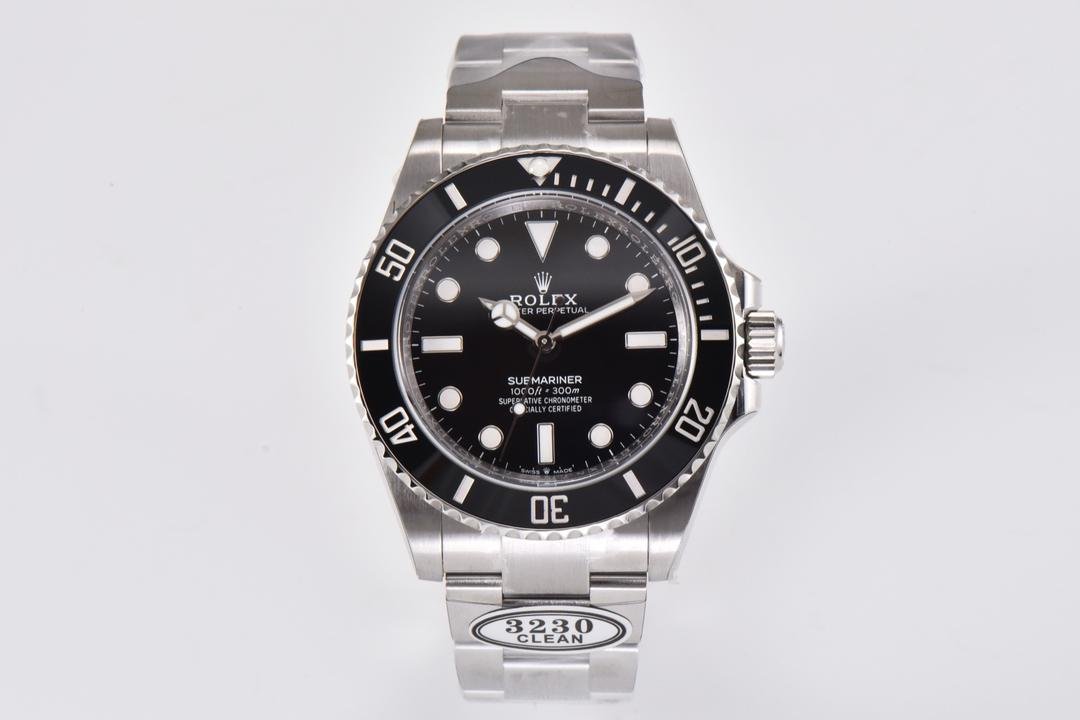Blog
Inside the Clean Factory: Revolutionizing Timepiece Production
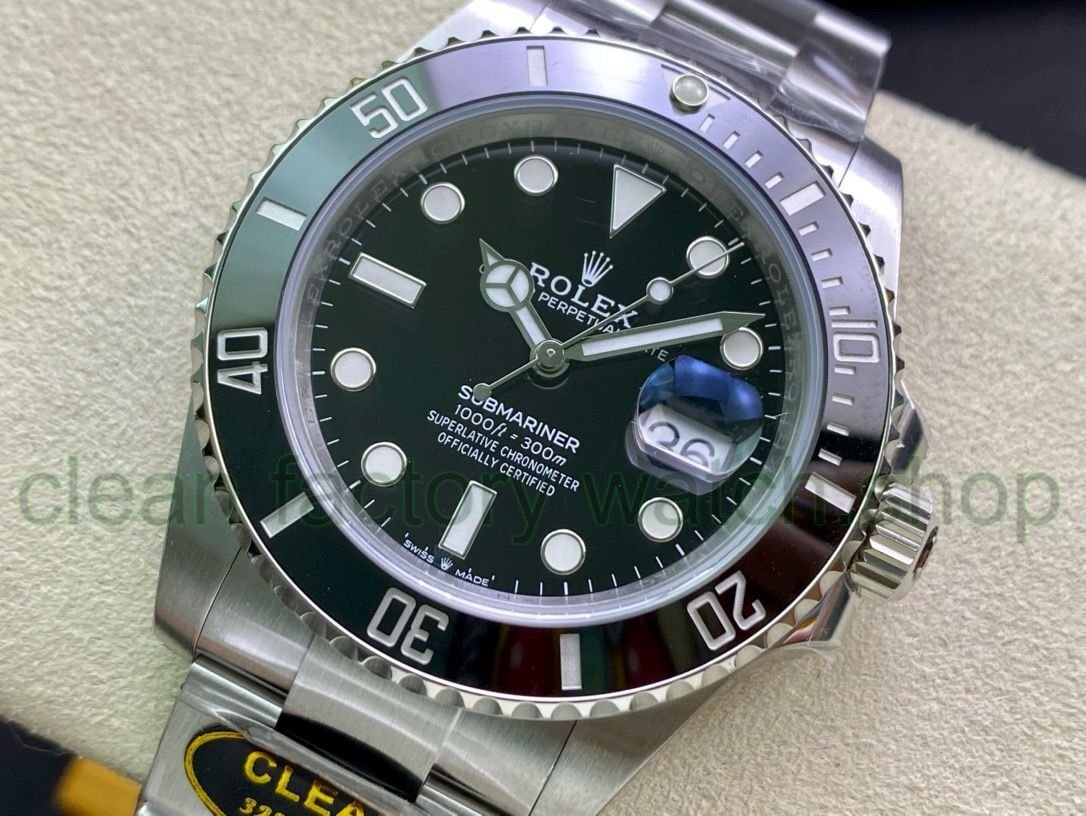
In a world where precision meets innovation, the realm of timepiece production is undergoing a profound conversion. Welcome to the clean factory—a space where the age-old craftsmanship of watchmaking intertwines seamlessly with cutting-edge technology, creating a revolution in the way we conceive and produce timepieces. This article delves into the heart of the clean factory concept, exploring its impact on efficiency, sustainability, and quality control. As we journey through this modern manufacturing paradigm, we will uncover how these meticulously designed environments are not only redefining industry standards but also reshaping the future of horology. Join us as we pull back the curtain on a clean revolution that promises to tick in perfect harmony with the demands of a new era.
Table of Contents
- Exploring the Concept of the Clean Factory in Horology
- Innovative Technologies Driving Efficiency in Timepiece Manufacturing
- Sustainability Practices: Redefining Environmental responsibility in Watchmaking
- Future Trends: Adapting Clean Factory Principles for Tomorrow’s Timepieces
- Q&A
- The conclusion
Exploring the Concept of the Clean Factory in Horology
The concept of a clean factory in horology represents a paradigm shift in the way timepieces are produced, emphasizing precision, efficiency, and environmental sustainability. By adopting advanced technologies and methodologies, these facilities ensure that the manufacturing environment is not only free from contaminants but also optimized for each stage of production. From the initial assembly to the intricate fitting of components,the clean factory employs specialized air filtration systems and controlled environments that diminish the risk of microscopic particles that coudl compromise the exquisite mechanics inherent in high-end watches.
The implementation of modular design and automation within clean factories further enhances their operational capabilities. This approach allows for flexible production lines that can easily adapt to various watch styles and complications while maintaining stringent quality standards. Key features include:
- Robotic assistance: Streamlining repetitive tasks to minimize human error.
- Real-time Monitoring: Detecting irregularities in components and process flows.
- energy Efficiency: Utilizing renewable energy to power refined machinery.
ultimately, the clean factory model nurtures not only a new era of horological craftsmanship but also addresses the growing need for sustainability in the luxury goods sector, setting a benchmark for others to follow.
innovative Technologies Driving Efficiency in Timepiece Manufacturing
In the evolving landscape of timepiece manufacturing, a wave of innovative technologies is making substantial impacts, enhancing both productivity and precision. The integration of advanced robotics into assembly lines has revolutionized conventional workflows. These robots,equipped with AI-driven sensors,are capable of performing intricate assembly processes with unparalleled accuracy. This not only reduces the margin of error but also enables a quicker turnaround of products. Additionally, the incorporation of 3D printing for prototyping has streamlined design iterations, allowing manufacturers to experiment with new styles and functionalities swiftly.
Moreover,the application of smart technology in production facilities is optimizing resource management. By leveraging the Internet of Things (IoT), manufacturers can monitor equipment performance in real-time, significantly minimizing downtime. This interconnected system fosters collaboration across different stages of production,leading to a seamless workflow. The shift toward enduring practices has also been facilitated by technology, as manufacturers can now utilize solar energy and energy-efficient machinery to lower their carbon footprint. The table below summarizes some key technologies shaping the modern timepiece manufacturing landscape:
| Technology | Benefits |
|---|---|
| Advanced Robotics | Increased precision and speed in assembly processes |
| 3D Printing | Rapid prototyping and design adaptability |
| IoT Solutions | Real-time monitoring and reduced downtime |
| Sustainable Practices | Lower carbon footprint and resource optimization |
Sustainability Practices: redefining Environmental Responsibility in Watchmaking
In the quest for a greener future, the watchmaking industry is experiencing a transformative shift towards sustainable production methods. Brands are now prioritizing eco-friendly materials and energy-efficient manufacturing processes, showcasing how luxury can coexist with environmental consciousness. key practices include:
- Recycled Materials: Utilizing reclaimed metals and ethically sourced components minimizes impact on natural resources.
- carbon Neutrality: Manny manufacturers are committing to offsetting their carbon footprints through renewable energy sources and strategic reforestation initiatives.
- Water Conservation: Advanced systems are being implemented to recycle and purify water used in production, ensuring minimal waste.
In this new paradigm, brands are also focusing on transparency in their supply chains, ensuring consumers can trace the origins of their timepieces. This accountability fosters consumer trust and encourages informed purchasing decisions. A glimpse into the sustainable practices being adopted includes:
| Practice | Description |
|---|---|
| eco-friendly Packaging | Using biodegradable or recycled materials for packaging to reduce waste. |
| Energy Efficiency | Implementing solar panels and other renewable energy sources to power factories. |
| Ethical Labour | Ensuring fair wages and conditions for workers throughout the supply chain. |
As watchmakers embrace these sustainable practices, they not only contribute to a healthier planet but also redefine what it means to be responsible stewards of craftsmanship and heritage. This marriage of tradition and innovation is setting a new standard in the luxury sector, where environmental responsibility plays a pivotal role in shaping the future of horology.
Future Trends: Adapting Clean Factory principles for Tomorrow’s Timepieces
As the landscape of horology evolves, the integration of clean factory principles offers a glimpse into a sustainable and innovative future for timepiece production. Manufacturers are increasingly recognizing the importance of reducing waste, conserving energy, and utilizing eco-friendly materials to minimize their environmental impact. The transformation towards cleaner practices can be seen in several key areas:
- Digitization: Implementing smart manufacturing processes through IoT and AI to optimize workflows and reduce resource consumption.
- Material Innovation: Embracing option materials, such as biodegradable plastics and recycled metals, to promote a circular economy.
- Modular Designs: Encouraging repairability and customization, allowing consumers to extend the life of their timepieces.
The path ahead also involves rethinking supply chains and logistics. Emphasizing local sourcing can significantly decrease carbon footprints while fostering community engagement. A recent analysis reveals the impact of adopting sustainable practices in production:
| Aspect | Traditional Methods | Clean Factory Practices |
|---|---|---|
| Waste Produced | High | Minimal |
| Energy Consumption | Excessive | Optimized |
| Material Efficiency | Low | High |
By investing in these forward-thinking strategies and embracing an ethos of sustainability, the timepiece industry can not only reduce its ecological footprint but also pave the way for a new generation of consumers who value ethical craftsmanship. The future of watchmaking lies in a harmonious balance between tradition and innovation, ensuring that each timepiece is crafted not just for the present, but for a thriving, responsible tomorrow.
Q&A
Q&A: Inside the Clean Factory – Revolutionizing Timepiece production
Q1: What inspired the shift to clean factories in timepiece production?
A1: The inspiration behind the clean factory concept stems from a growing awareness of environmental sustainability and the need for precision in manufacturing.As consumer demands evolve, brands are increasingly seeking ways to reduce their ecological footprint while maintaining high-quality standards. The clean factory exemplifies a holistic approach to manufacturing that prioritizes both the planet and the impeccable craftsmanship that defines timepieces.
Q2: How does a clean factory differ from traditional manufacturing environments?
A2: A clean factory is designed to minimize contamination and maximize efficiency. Unlike traditional factories, which may have more exposure to dust, pollutants, and waste, clean factories utilize advanced air filtration systems, controlled environments, and energy-efficient processes. this environment ensures that every component produced is not only pristine but also crafted with a focus on sustainability, utilizing materials that are ethically sourced and manufactured.
Q3: What technologies are being implemented in clean factories?
A3: Clean factories are leveraging a range of innovative technologies, including automation, IoT (Internet of Things), and AI (Artificial Intelligence). These technologies enhance precision in production processes, reduce human error, and ensure that every movement within the factory is optimized for efficiency. Additionally, advanced tracking systems monitor energy consumption and waste, allowing for ongoing improvements in sustainability practices.
Q4: How do clean factories impact the quality of timepieces produced?
A4: The meticulous environment of a clean factory significantly enhances the quality of timepieces. By minimizing contamination risks and creating conditions ideal for intricate craftsmanship, manufacturers can maintain superior tolerances and finishes. This attention to detail ensures that each watch not only looks remarkable but also performs reliably over time, meeting the high standards that enthusiasts and collectors demand.
Q5: What are the benefits of a clean factory for the workforce?
A5: Working in a clean factory offers numerous benefits to the workforce, including improved health and safety standards. The controlled environment reduces exposure to harmful substances and allergens, fostering a more comfortable workspace. Furthermore, the integration of automation can alleviate repetitive tasks, allowing skilled artisans to focus on the creative aspects of timepiece creation, enhancing job satisfaction and engagement.
Q6: Are consumers aware of the changes happening in timepiece production?
A6: Awareness among consumers is growing as brands communicate their commitment to sustainability and quality. Many consumers are increasingly interested in the ethical and environmental implications of their purchases. As manufacturers highlight their clean factory initiatives—such as reduced waste and energy-efficient practices—they are appealing to a more conscientious audience that values transparency and responsibility.
Q7: What does the future hold for clean factories in the watchmaking industry?
A7: The future of clean factories in the watchmaking industry looks promising as technological advancements continue to evolve. We can expect ongoing innovations that not only enhance production efficiency but also bolster sustainability efforts. as brands invest in research and growth for cleaner processes and materials, we may see a new standard emerging that sets a precedent, influencing other industries beyond watchmaking. The clean factory model could very well lead to a transformative shift in how high-quality products are manufactured globally.
The Conclusion
As we step back from the intricate world of the clean factory,it becomes clear that the future of timepiece production lies not just in innovation,but in the harmony of precision,sustainability,and craftsmanship. The seamless integration of cutting-edge technology with age-old techniques is not merely transforming how watches are made; it is redefining the very essence of horology.In this pioneering environment, where every detail is meticulously considered, the role of the artisan is elevated, embracing a holistic approach that prioritizes quality and environmental stewardship.As these factories embrace transparency and adaptability, they are setting new standards for the industry, inspiring a wave of change that resonates far beyond the assembly line.
As we conclude our journey through the clean factory, we are reminded that each tick of a watch encapsulates a story—one born from innovation and dedication. The timepieces emerging from these revolutionized spaces not only mark the passage of time but also embody a commitment to a cleaner, more efficient future. The hours may continue to flow,but the commitment to excellence and sustainability remains an unyielding constant,forever echoing within each intricately crafted watch.

